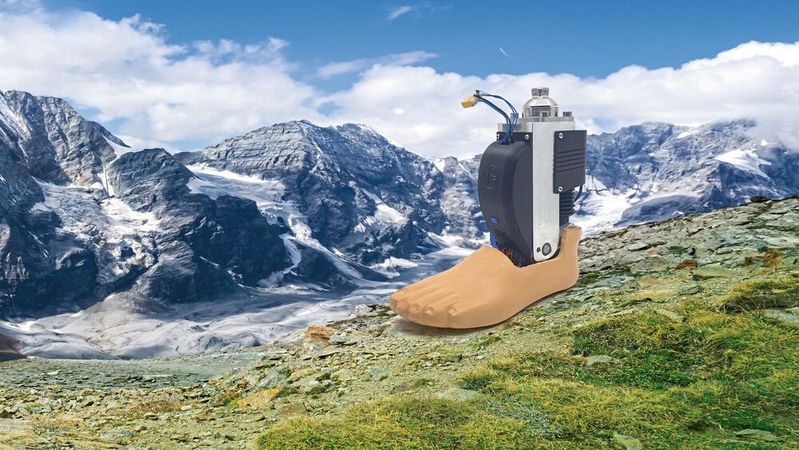Discover interesting facts about Orthotics and Prosthetics below:

#1 When were orthotics first invented?
The first “orthotics” dates back at least 2,000 years with underfoot shoe cushioning. Layers of wool were placed inside the sandals to give relief to foot fatigue or strain. The first recorded use of an “arch support” orthotic, dates to 1865, introduced by Everett H. Dunbar of Bridgewater, MA.
#2 Who is the father of orthotics?
In the 18th century, Swiss doctor Jean-André Venel specialised in treating deformities in children. He is considered the father of orthopaedic supply. At his institute, various orthotic devices were produced to aid in the treatment of children.
#3 How did the Chinese contribute to the evolution of Orthotics?
Around 403 B.C., the Chinese developed hardened steel, a breakthrough that significantly influenced the orthopaedic industry. Steel became a key material in orthotic devices, and while it remains in use today, advancements in technology have allowed for the incorporation of thinner stainless-steel components, reducing the overall weight of these devices for patients.
#4 When was plastic introduced in the production of orthotics?
Plastic was first invented in 1907, but it lacked the strength needed for orthotic applications. It wasn’t until 1951 that polypropylene was developed, offering a durable and effective material for orthotic design. By the 1960s, polypropylene was commonly combined with metal in most orthotic devices, with a typical KAFO (knee ankle foot orthosis) weighing approximately 3.6 Kg – 4.5Kg.
#5 How did Polio affect the evolution of orthotics and prosthetics?
Polio had a significant impact on the evolution of orthotics and prosthetics, particularly in the 20th century. The widespread polio epidemics of the early to mid-1900s left many survivors with muscle weakness, paralysis, and limb deformities, creating a pressing need for mobility aids.
During this era global progress was made in prosthetic design, material science, and fastening technology. In 1950, the U.S. National Academy of Sciences initiated funding for research, paving the way for the development of new technologies and protocols in the field.
#6 When was the first prosthetic used?
The first known prosthetic dates to 950 BC – an ancient Egyptian wooden toe, discovered on the foot of a mummy.
#7 What materials are used in modern prosthetics?
The materials used in prosthetics have evolved from wood, leather, and iron to lightweight materials like carbon fibre, titanium, and advanced plastics.
#8 The most interesting facts about modern prosthetics:
• Prosthetic limbs can be 3D printed, making them more affordable and customisable for patients worldwide.
• Some prosthetic limbs are equipped with haptic feedback, allowing users to feel sensations like touch and pressure.
• Scientists are developing “smart” prosthetics that use artificial intelligence to adapt to the user’s needs and movement patterns.
• Osseointegration, a technique where a prosthetic is directly attached to the user’s bone, offers improved stability and reduced discomfort for some amputees.
• Researchers are exploring the possibility of using 3D bioprinting to create living, functional prosthetics made from the patient’s own cells.
Orthotic intervention has evolved tremendously since its inception. Early designs were often rigid and cumbersome, but today’s orthotics incorporate lightweight, high-strength materials like carbon fibre, 3D printing for custom fits, and even smart sensors to improve mobility and comfort.
Prosthetic ingenuity and the shared resilience of specialists in the field continue to drive progress, enhancing the lives of millions worldwide. The future of prosthetics is full of promise, with groundbreaking innovations on the horizon.











-1.png)


